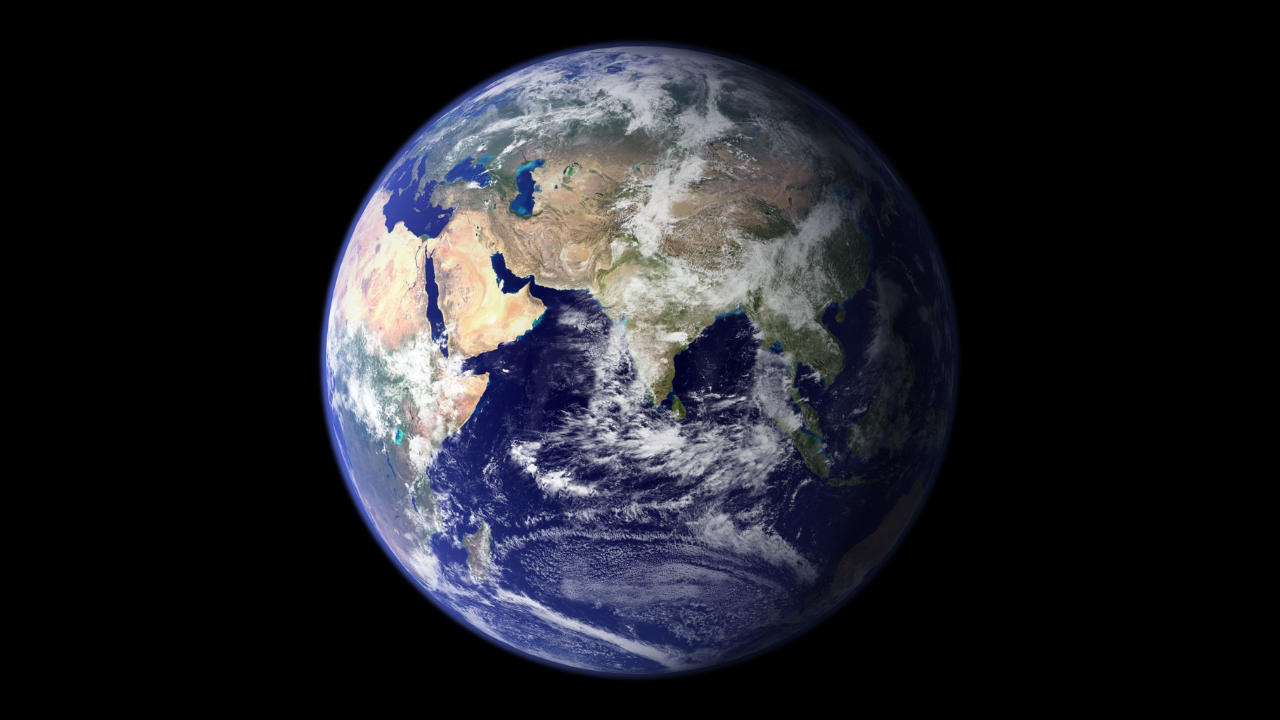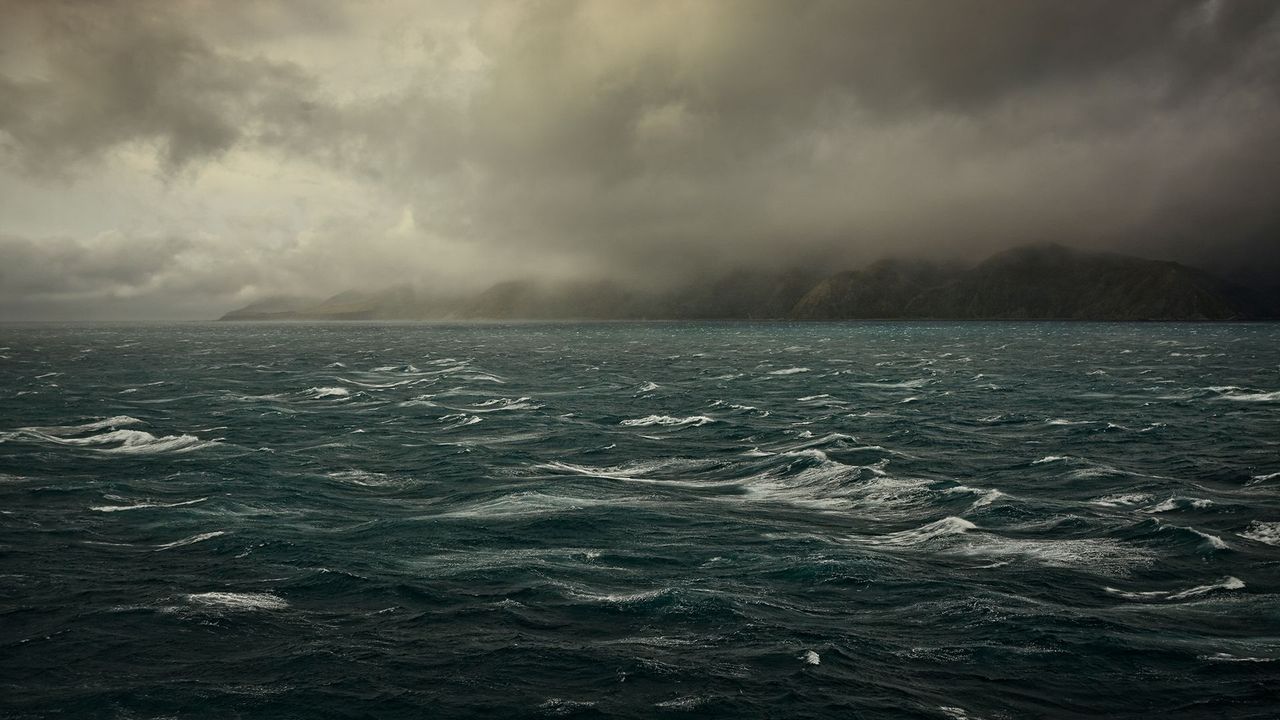Stockholm: Scientists have discovered a piece of land called the eighth continent of the world. The place where this new microcontinent has been discovered is named Davis Strait. Davis Strait is a water body that connects two water bodies – Labrador Sea and Baffin Bay – between Greenland and Canada. This area has long attracted scientists due to its complex geological features. Recent research has revealed a fascinating aspect of this area. Scientists believe that it is a microcontinent, which was formed through complex plate tectonic processes.

Davis Strait Proto-Microcontinent got name
This discovery sheds new light on the tectonic history of the North Atlantic and provides information about continental formation. According to Phys.org, it has been named Davis Strait Proto-Microcontinent. A team of geologists from Uppsala University in Sweden and the University of Derby in the UK have identified a detached block of thick continental crust in the Davis Strait. This 19-24 kilometre thick structure was probably separated from Greenland due to east-west extension along its margin.
How was this microcontinent formed
The formation of this microcontinent is attributed to the rifting and seafloor spreading that occurred between Greenland and North America. This process created the Labrador Sea and Baffin Bay, which connects them through the Davis Strait. A significant phase of east-west extension along the margin of Greenland led to the separation of this continental block.
Why is this discovery important

Dr. Jordan Phethian of the University of Derby, who was part of the research team, explained why this discovery is important. “The clearly defined changes in plate motion that occur in the Labrador Sea and Baffin Bay, with relatively limited external complications affecting them, make this region an ideal natural laboratory to study microcontinent formation,” the expert was quoted as saying by Phys.org.
The report was published in Gondwana Research
“Rifts and microcontinent formation are absolutely ongoing phenomena – with every earthquake we may be working towards the next microcontinent separation. The aim of our work is to understand their formation so well that we can predict future developments,” he added. This geological discovery was detailed in a recent study published in Gondwana Research.

Formed 58 million years ago
The research team believes that the continent was formed about 58 million years ago. The discovery also highlights the role of the Pre-Ungava Transform Margin, a newly identified tectonic feature, in facilitating this separation. This research is also useful for other microcontinents globally to understand their fragmentation from continental crust, including the Jan Mayen microcontinent in the northeast of Iceland, the East Tasman Rise in the southeast of Tasmania, and the Gulden Drak Knoll in Australia.




